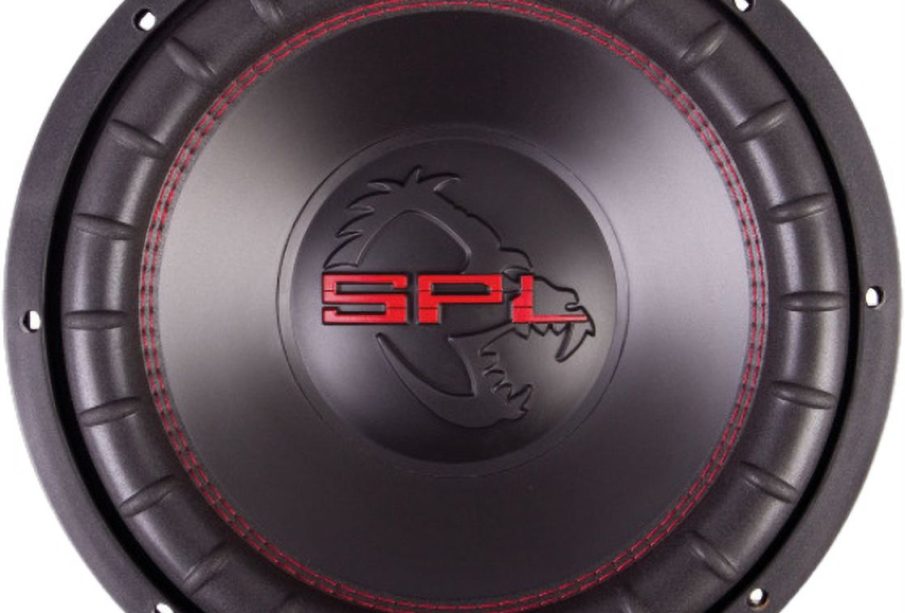The Importance of Sound Pressure Level (SPL) in Audio Engineering

Introduction to SPL
Sound Pressure Level, commonly referred to as SPL, is a vital concept in sound engineering and acoustics. Measured in decibels (dB), SPL quantifies the pressure of sound relative to a reference level. Understanding SPL is crucial for audio professionals, musicians, and sound engineers as it directly affects audio quality, loudness perception, and sound system design.
The Science Behind SPL
SPL is determined by the ratio of the pressure of a sound wave to a reference pressure, typically 20 micropascals in air, which corresponds to the threshold of hearing for the average human ear. An increase of 10 dB represents a tenfold increase in sound intensity, making understanding this measurement essential for evaluating and controlling sound environments.
Recent Trends in SPL Measurement
Recent advancements in technology have refined how SPL is measured and monitored. The use of sophisticated sound level meters and digital analysis tools have become standard in various fields, from live music venues to broadcasting studios. These tools help in ensuring that sound levels conform to legal regulations and health standards, which is particularly significant in indoor venues where excessive noise can lead to hearing impairment.
Importance in Various Industries
In the entertainment industry, SPL plays a critical role in sound design and music production. Engineers must manage SPL to create a balanced sound that enhances the listener’s experience without causing discomfort or damage to their hearing. In regulatory contexts, workplace safety guidelines require adherence to specific SPL limits to protect workers from noise-induced hearing loss. Recent recommendations from organisations such as the World Health Organization highlight the importance of monitoring sound levels in both workplace and recreational environments.
Conclusion and Future Outlook
Understanding SPL is vital for anyone involved in sound production and engineering. As technology progresses, the ability to measure and control sound pressure levels will only improve, leading to better audio experiences overall. Increased awareness of the potential harm from high SPL levels also raises the stakes for compliance with regulations designed to protect public health. Moving forward, sound engineers and audio professionals will need to stay informed and adept in SPL measurement techniques to continue enhancing audio quality while safeguarding hearing health.


